Installing a septic tank is a significant investment for any property owner, and doing it right the first time can save you a lot of headaches and money down the road. Whether you’re building a new home or replacing an old system, understanding the key steps and common pitfalls will help you avoid costly errors. With proper planning and the right know-how, your septic tank can function efficiently for decades without trouble.
Understanding Local Regulations and Site Requirements
One of the most important factors to consider before installation is the local regulations and the characteristics of your site. Different areas have specific codes about how septic tanks must be installed, including minimum distances from water sources and property lines. Knowing these regulations early can prevent expensive fines or having to redo the installation. Assessing the soil type and drainage on your land also influences the system design to ensure it will work effectively and safely.
Choosing the Right Size and Type of Septic Tank
A common mistake is opting for a septic tank that is too small or inappropriate for your household’s needs. The size should match the number of people using it, the volume of wastewater, and the soil’s absorption capacity. Different types of tanks, like concrete, plastic, or fiberglass, each come with pros and cons regarding durability, cost, and installation complexity. Selecting the right one will affect how well your system operates and how much maintenance it requires.
Knowing Why Climate and Soil Impact Your System

When it comes to installing septic tanks in Brisbane, the region’s heavy rainfall and sandy soils mean special care must be taken to select a system that manages wastewater effectively without risk of contamination or flooding. The local environment demands that the drainage field be designed with proper filtration and absorption capacity in mind, as well as ensuring that the tank itself meets regional durability standards. Ignoring these factors can lead to system failure and costly repairs.
Ensuring Proper Installation Techniques
Even the best septic tank can fail if it isn’t installed correctly. The installation site must be properly excavated and leveled, with attention to the tank’s alignment and connection to the house plumbing. Ensuring the tank is sealed properly and the drainage field is set up for optimal water dispersion is critical. Skipping steps or rushing the process can lead to leaks, blockages, or system failures that are costly to repair.

Planning Maintenance From the Start
Planning for maintenance during the installation phase saves future troubles. Knowing where access points will be for pumping out sludge and inspecting the system is important. Establishing a regular maintenance schedule will prolong the life of your septic tank and prevent problems like backups or overflows. Good maintenance habits are an investment that keeps your system running smoothly and avoids emergency repairs.
Hiring Qualified Professionals
Choosing experienced and licensed professionals to handle your septic tank installation cannot be overstated. Qualified installers will be familiar with local codes, soil requirements, and best practices, reducing the …






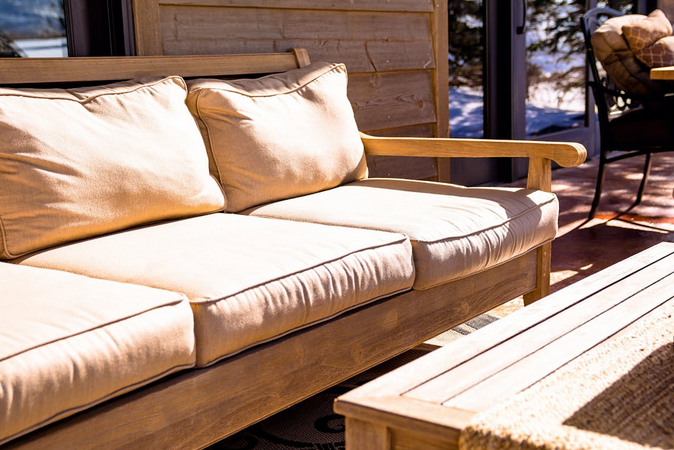

 When it comes to moving your appliances, sometimes it’s best to leave it to the professionals. Hiring professional assistance can save you time and effort in safely transporting your valuable appliances from one place to another. Professional and affordable appliance movers Atlanta have the experience and knowledge needed to handle delicate appliances with care.
When it comes to moving your appliances, sometimes it’s best to leave it to the professionals. Hiring professional assistance can save you time and effort in safely transporting your valuable appliances from one place to another. Professional and affordable appliance movers Atlanta have the experience and knowledge needed to handle delicate appliances with care.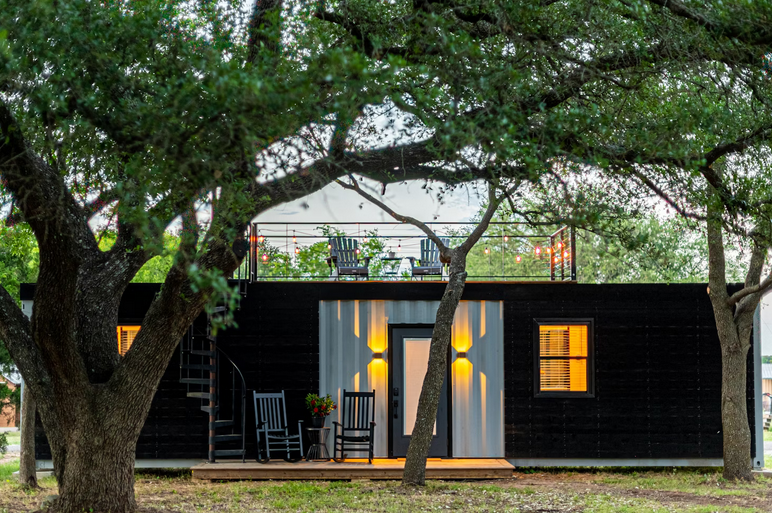
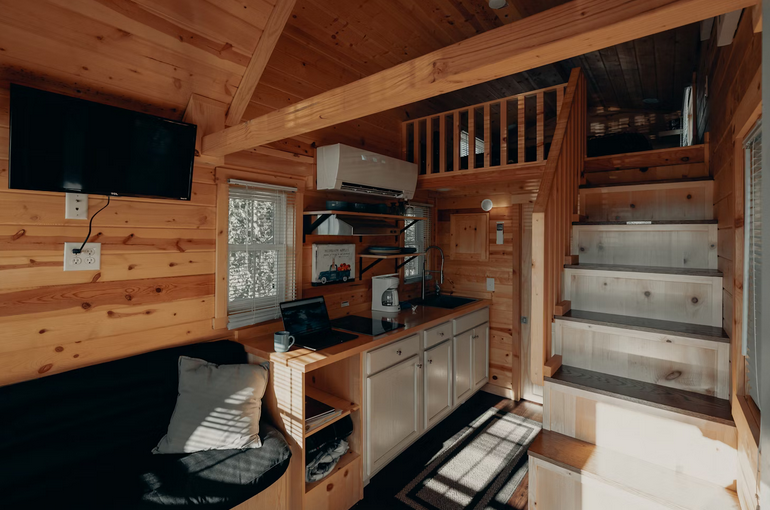
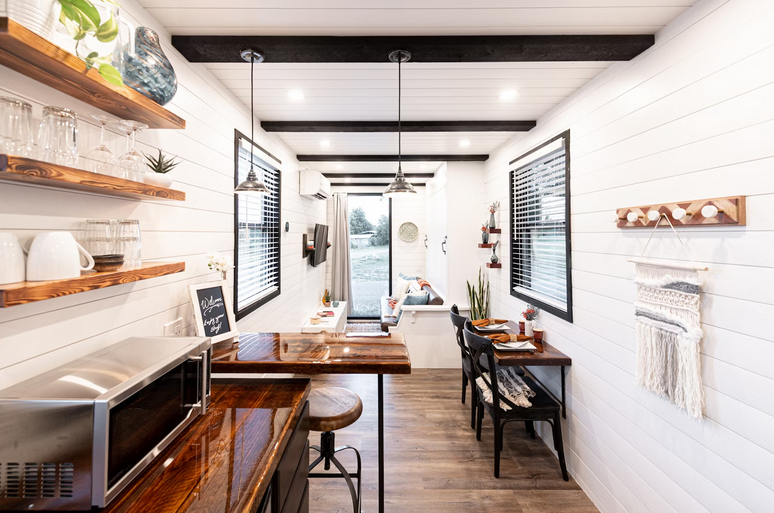
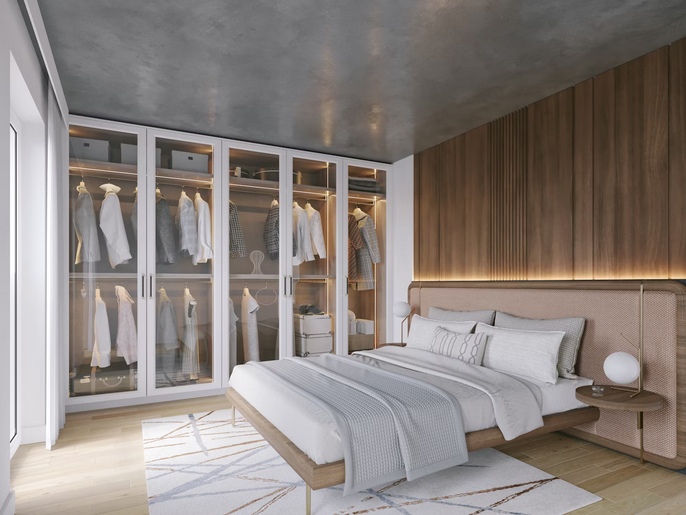
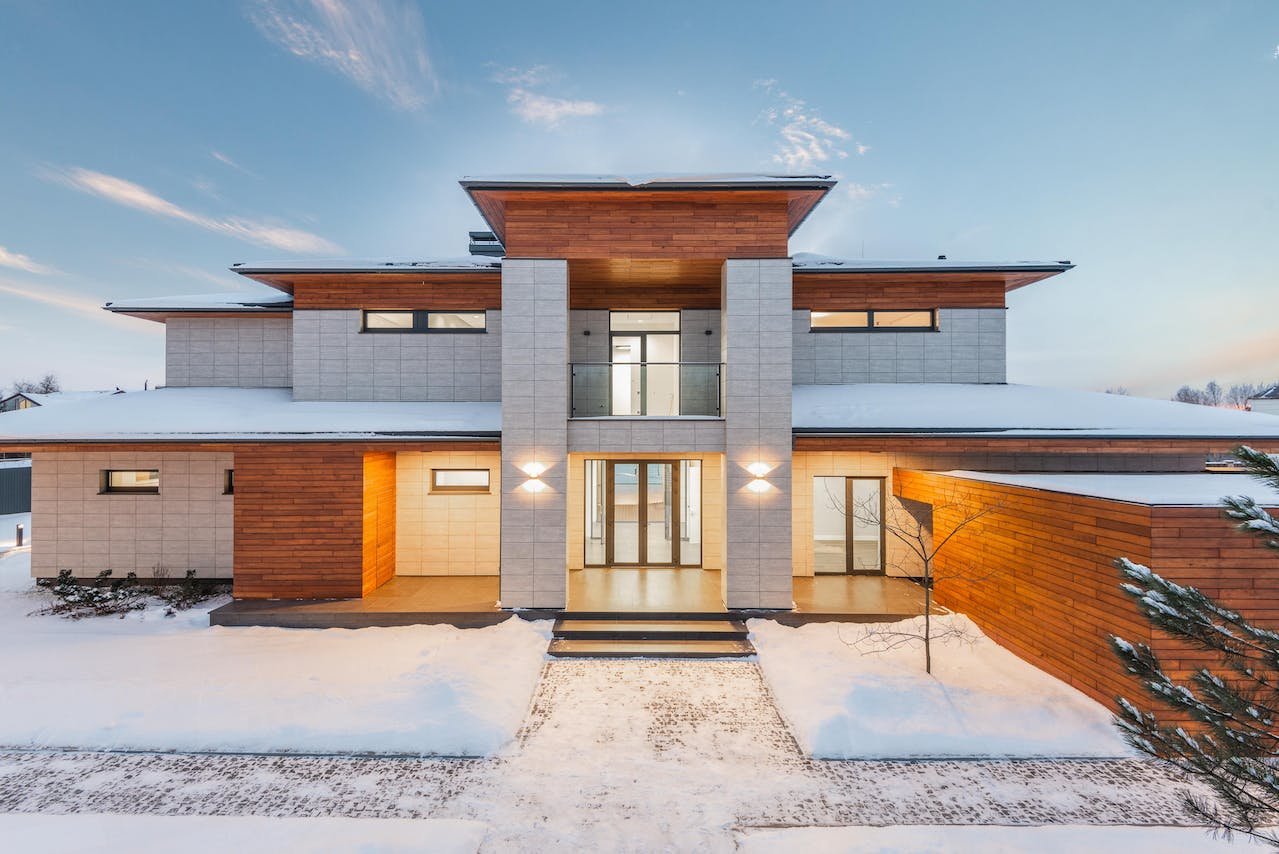
 One of the primary advantages of a two-story home is the ability to maximize your living space within a smaller footprint. With the option to stack living areas, bedrooms, and recreational spaces, you can make efficient use of your lot size. This is particularly beneficial for those with smaller plots of land, allowing them to enjoy a spacious home without sacrificing outdoor areas.
One of the primary advantages of a two-story home is the ability to maximize your living space within a smaller footprint. With the option to stack living areas, bedrooms, and recreational spaces, you can make efficient use of your lot size. This is particularly beneficial for those with smaller plots of land, allowing them to enjoy a spacious home without sacrificing outdoor areas.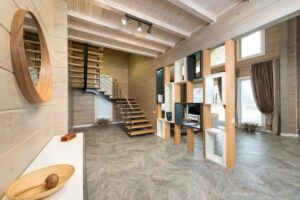 Two-story
Two-story 





 One reason to automate your home is to increase your safety and security. Automation tools allow you to control access to your home, as well as monitor who is coming and going. Smart locks allow access remotely, so you don’t have to worry about forgetting keys or having someone else enter your house when you’re away on vacation.
One reason to automate your home is to increase your safety and security. Automation tools allow you to control access to your home, as well as monitor who is coming and going. Smart locks allow access remotely, so you don’t have to worry about forgetting keys or having someone else enter your house when you’re away on vacation. Finally, automating your home can also provide improved comfort and convenience. Smart thermostats allow you to adjust temperatures in each room of your house with a few taps on a phone or tablet. This ensures that your family is comfortable no matter which room they’re in.
Finally, automating your home can also provide improved comfort and convenience. Smart thermostats allow you to adjust temperatures in each room of your house with a few taps on a phone or tablet. This ensures that your family is comfortable no matter which room they’re in.
 One of the best ways to find an excellent household staffing agency is by checking out online reviews. These reviews can help you understand what other people have experienced with the company and how they feel about it. It can also give you insight into their hiring process, which will be helpful if this type of thing interests you.
One of the best ways to find an excellent household staffing agency is by checking out online reviews. These reviews can help you understand what other people have experienced with the company and how they feel about it. It can also give you insight into their hiring process, which will be helpful if this type of thing interests you. Once you’ve narrowed down your choices to a few different household staffing agencies, it’s time to meet with them in person. You want someone who will work well with you and your family, so meeting face-to-face is essential. Ensure that they have references from other clients or previous employers before hiring anybody new!
Once you’ve narrowed down your choices to a few different household staffing agencies, it’s time to meet with them in person. You want someone who will work well with you and your family, so meeting face-to-face is essential. Ensure that they have references from other clients or previous employers before hiring anybody new!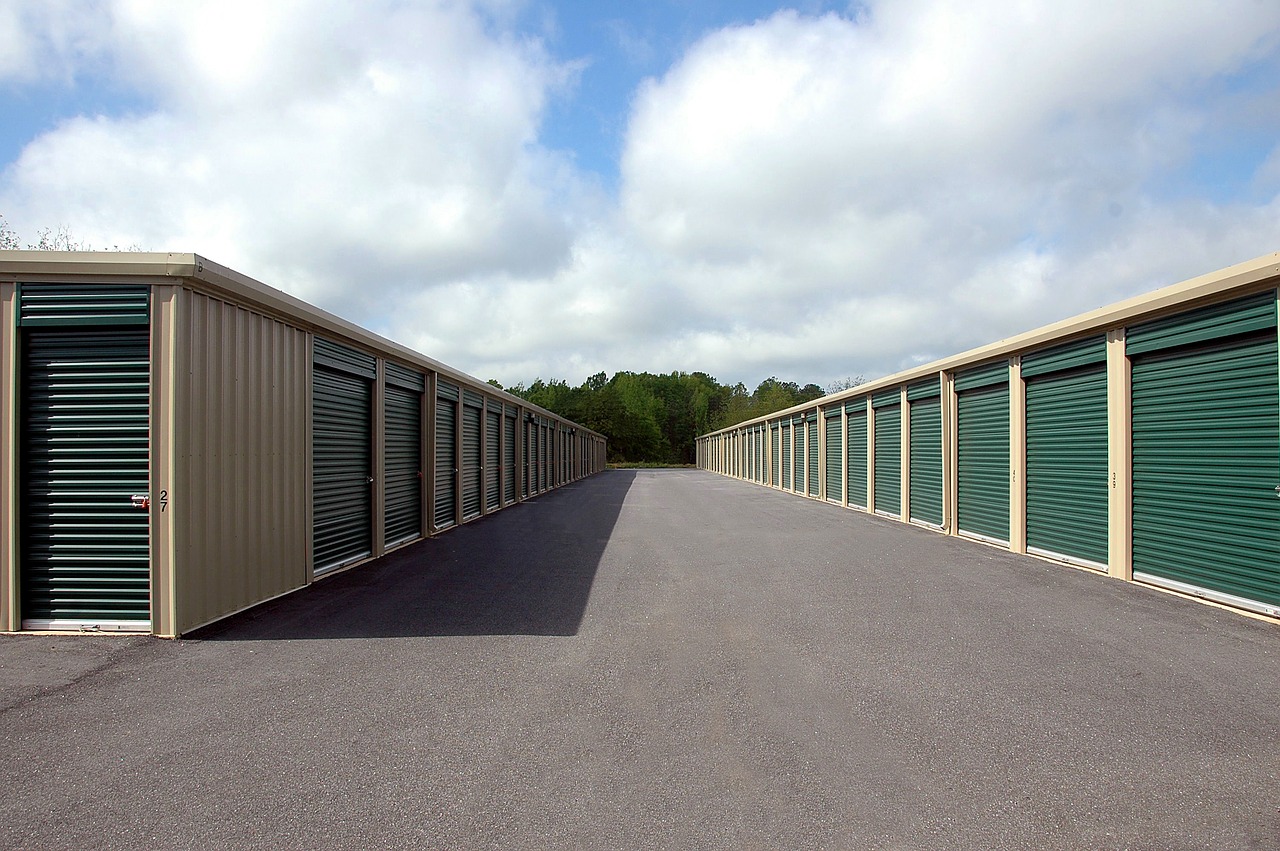
 The size of the storage container you buy is going to be one of the most important factors. You’ll want to make sure that it’s big enough to fit all of your belongings but not so big that it takes up too much space in your yard or driv
The size of the storage container you buy is going to be one of the most important factors. You’ll want to make sure that it’s big enough to fit all of your belongings but not so big that it takes up too much space in your yard or driv Storage containers come in different grades, so you’ll want to be sure to choose one that is appropriate for your needs. A lower-grade container should be fine if you’re using it for personal storage. However, if you plan on using it for business purposes, then you’ll want to invest in a higher-grade container that is more secure and safe.
Storage containers come in different grades, so you’ll want to be sure to choose one that is appropriate for your needs. A lower-grade container should be fine if you’re using it for personal storage. However, if you plan on using it for business purposes, then you’ll want to invest in a higher-grade container that is more secure and safe. 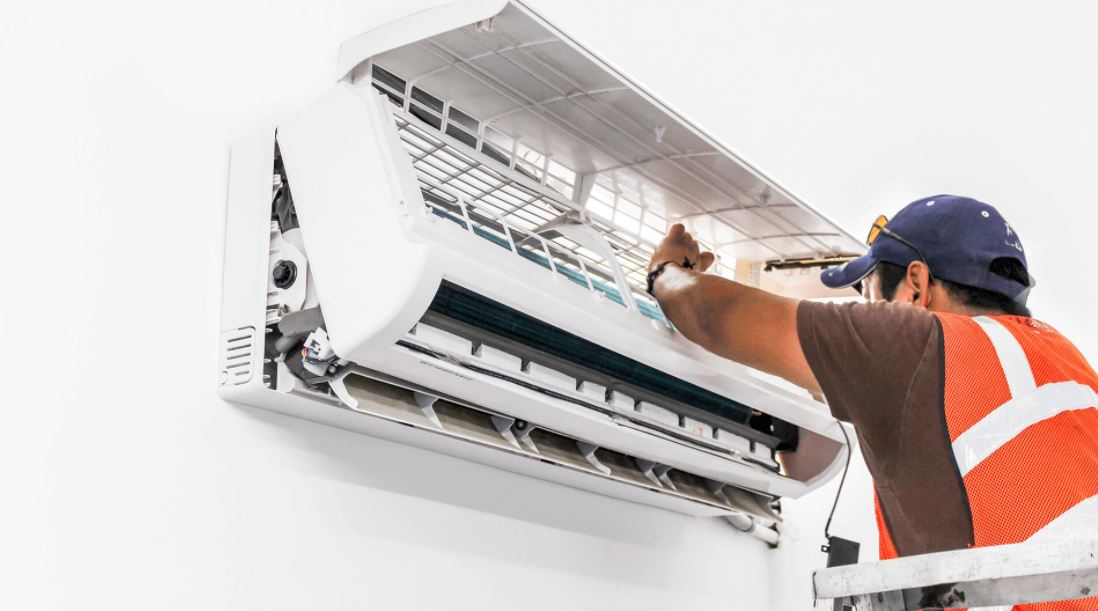
 The duct system of an air conditioner is its heating and cooling channel. Cold air is carried into your home through this. That is to say, if the duct is damaged or leaking, you may not be able to enjoy the fresh air at home. You should inspect your ducts during your air conditioner’s annual inspection.
The duct system of an air conditioner is its heating and cooling channel. Cold air is carried into your home through this. That is to say, if the duct is damaged or leaking, you may not be able to enjoy the fresh air at home. You should inspect your ducts during your air conditioner’s annual inspection. Without properly lubricating the moving parts of an air conditioner, it could cause permanent damage as the components continue to grind each other. Getting professionals to lubricate these parts is ideal as they have experience in properly lubricating an AC without excessive use of oil.
Without properly lubricating the moving parts of an air conditioner, it could cause permanent damage as the components continue to grind each other. Getting professionals to lubricate these parts is ideal as they have experience in properly lubricating an AC without excessive use of oil.
 When you boil water with a stovetop or a microwave, you are never sure of the results. Unless you are equipped with a thermometer, you cannot achieve perfect temperatures. However, the modern electric cattle are fitted with inbuilt temperature controls, meaning you can select the proper heating. In addition, some allow for personalized settings. Therefore, if your partner has a different preference, you can both have the hot water temperatures that you need.
When you boil water with a stovetop or a microwave, you are never sure of the results. Unless you are equipped with a thermometer, you cannot achieve perfect temperatures. However, the modern electric cattle are fitted with inbuilt temperature controls, meaning you can select the proper heating. In addition, some allow for personalized settings. Therefore, if your partner has a different preference, you can both have the hot water temperatures that you need. Electric kettles contain an auto shut-off feature that makes them a safe option compared to other cooking appliances. The kettles automatically stop the boiling process when the liquid starts bubbling, unlike in traditional stove kettles. This helps to avoid over-boiling or spillage out the top of the kettle. Additionally, they protect you from open flame exposure on a gas burner, preventing accidental burns.
Electric kettles contain an auto shut-off feature that makes them a safe option compared to other cooking appliances. The kettles automatically stop the boiling process when the liquid starts bubbling, unlike in traditional stove kettles. This helps to avoid over-boiling or spillage out the top of the kettle. Additionally, they protect you from open flame exposure on a gas burner, preventing accidental burns. Electric kettles are arguably the most energy-efficient kitchen
Electric kettles are arguably the most energy-efficient kitchen 
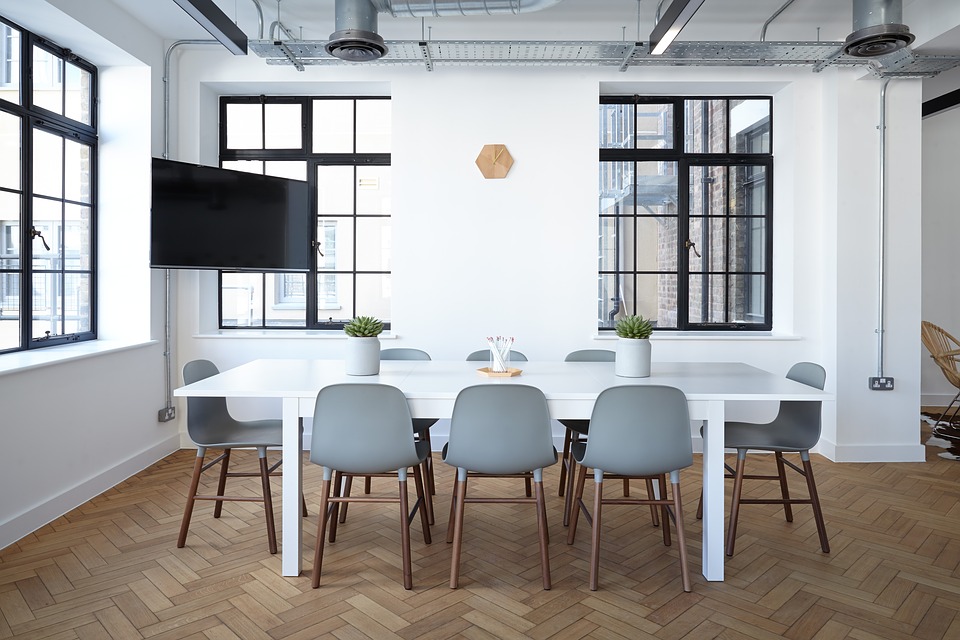
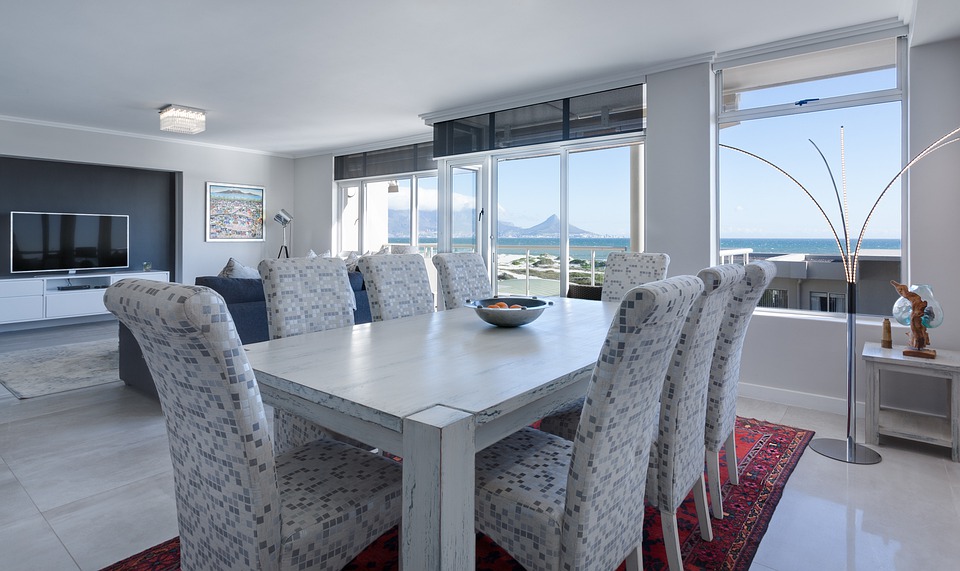 Ideally, antique furniture is exceptionally well-made. That is why most homeowners recommend them due to their durability. If you want a piece of furniture that will last for many years to come, make sure that you purchase quality retro furniture. This equipment has been for decades, and most people prefer them due to their durability. Make sure that you consider buying them if you want something that will last for an extended period.
Ideally, antique furniture is exceptionally well-made. That is why most homeowners recommend them due to their durability. If you want a piece of furniture that will last for many years to come, make sure that you purchase quality retro furniture. This equipment has been for decades, and most people prefer them due to their durability. Make sure that you consider buying them if you want something that will last for an extended period.
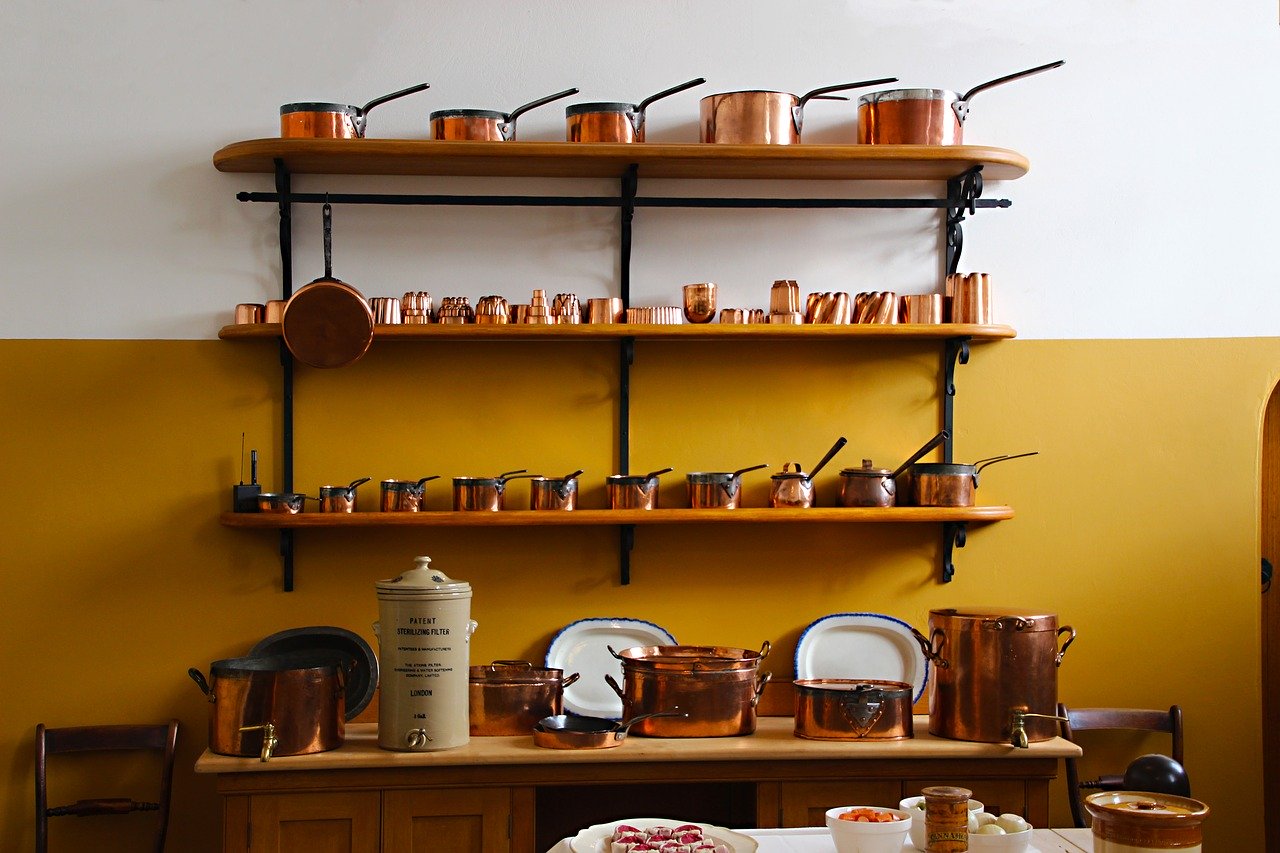



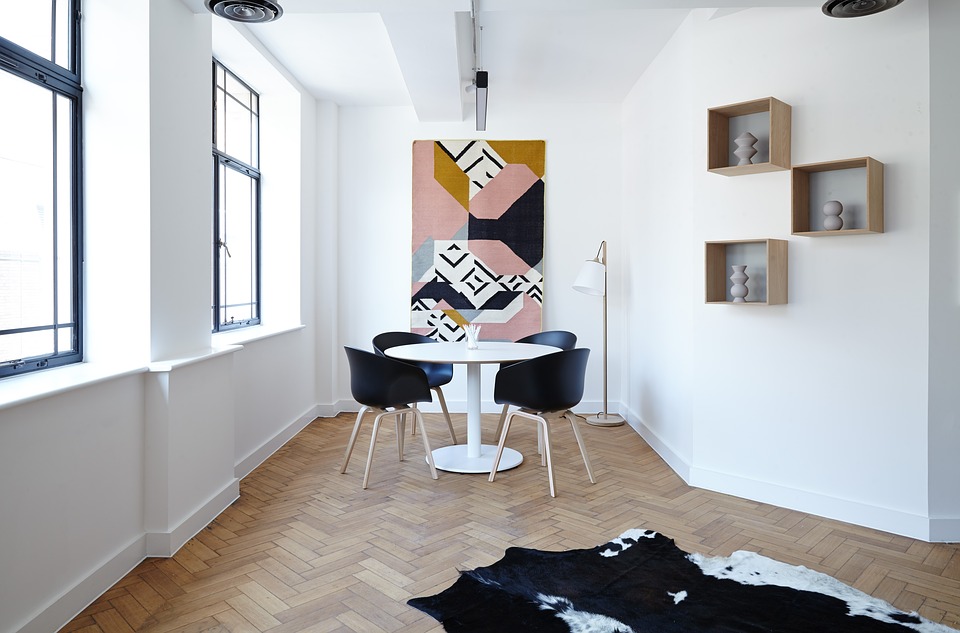
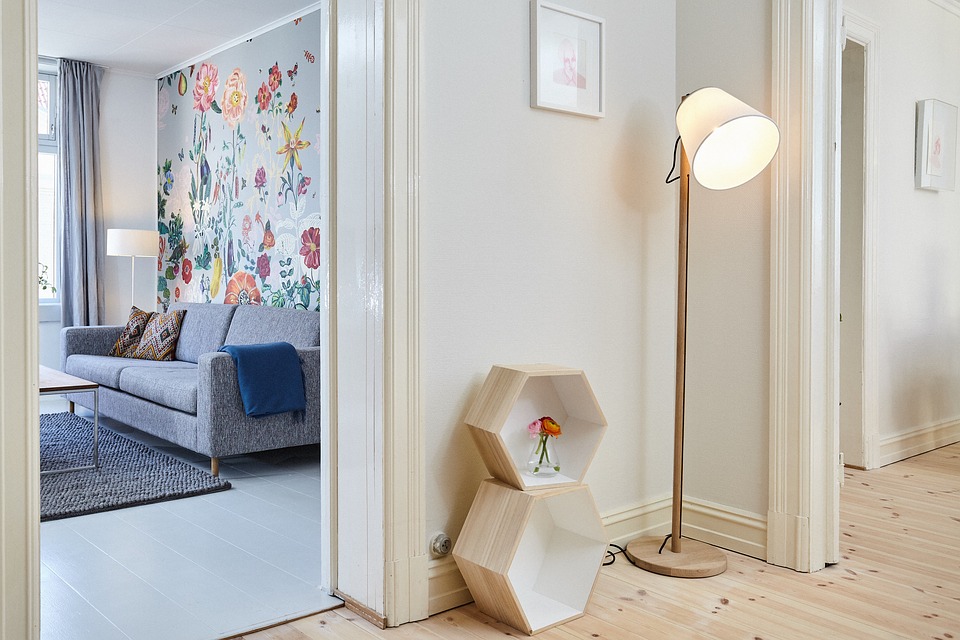 The Lambs skirting boards are among the modern boards that we have in the market. They are increasingly popular due to the new features that they have. If you opt for this skirting board, make sure that you have a period-style house. With such a home or an apartment, they will offer a finishing touch.
The Lambs skirting boards are among the modern boards that we have in the market. They are increasingly popular due to the new features that they have. If you opt for this skirting board, make sure that you have a period-style house. With such a home or an apartment, they will offer a finishing touch.
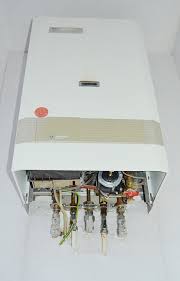

 Long years of doing painting jobs must have made a residential painter more proficient in his field than other painters who have just been around the corner for some time. He must have acquired reliable knowledge on all paint brands and their qualities. As parts of the house should be treated differently due to varying conditions such as exposure to elements, moisture, and kind of building material used, an experienced painter must be aware of all these peculiarities.
Long years of doing painting jobs must have made a residential painter more proficient in his field than other painters who have just been around the corner for some time. He must have acquired reliable knowledge on all paint brands and their qualities. As parts of the house should be treated differently due to varying conditions such as exposure to elements, moisture, and kind of building material used, an experienced painter must be aware of all these peculiarities.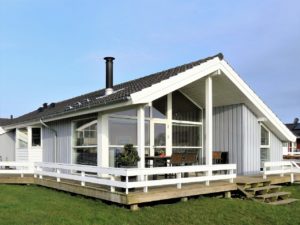 Maintenance Can Do the Trick
Maintenance Can Do the Trick
 Years of Experience
Years of Experience

 Companies specializing in home services need to make sure that the range of their services includes emergency service. What is the point of offering the best services if people cannot rely on them during the case of an emergency? It is exactly why you need to make sure that the company lists emergency service as one of their programs. It should also be the first consideration that you make. Note that clogged pipes and drain can happen at any time, even in the middle of the night or even during holidays. Although it does not always occur during those times, keeping the number of such services on your phone is indeed the wisest thing to do.
Companies specializing in home services need to make sure that the range of their services includes emergency service. What is the point of offering the best services if people cannot rely on them during the case of an emergency? It is exactly why you need to make sure that the company lists emergency service as one of their programs. It should also be the first consideration that you make. Note that clogged pipes and drain can happen at any time, even in the middle of the night or even during holidays. Although it does not always occur during those times, keeping the number of such services on your phone is indeed the wisest thing to do.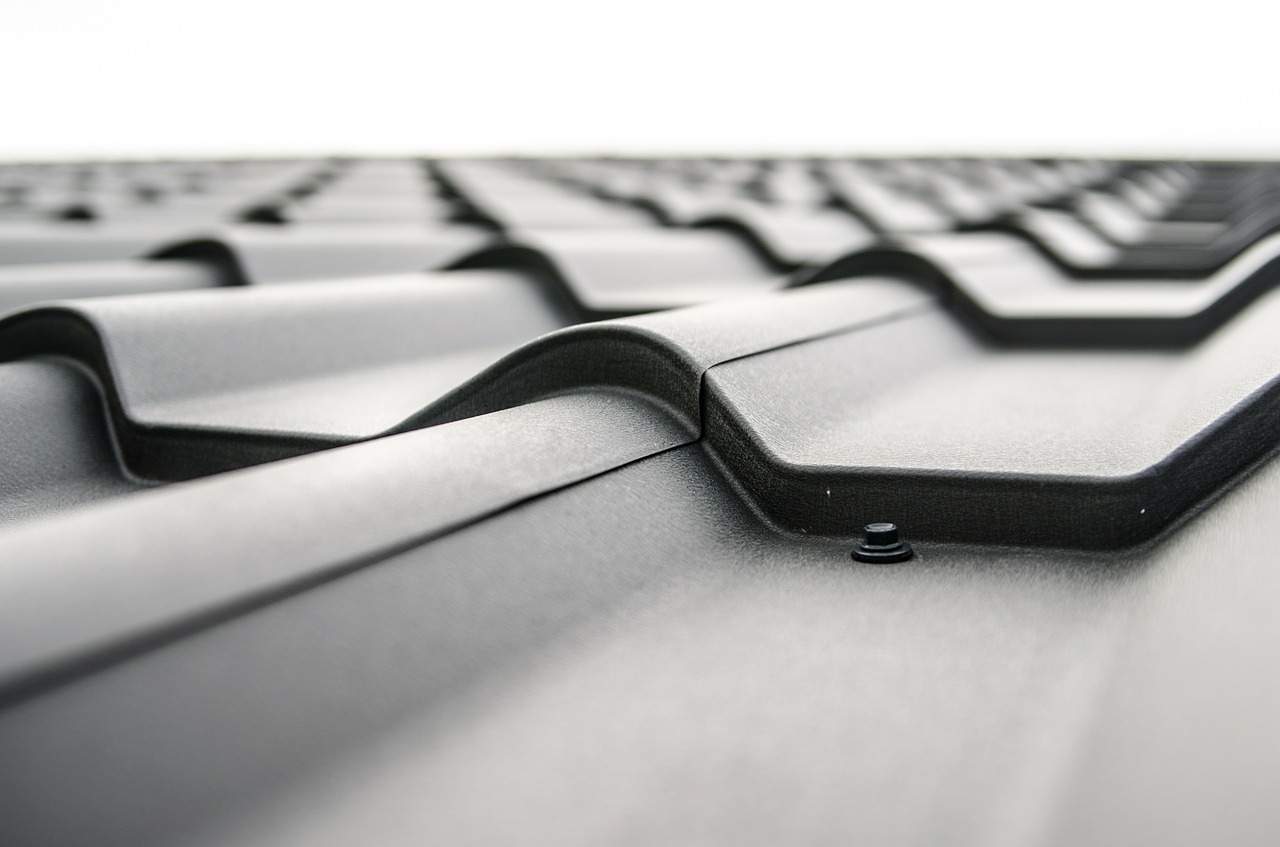




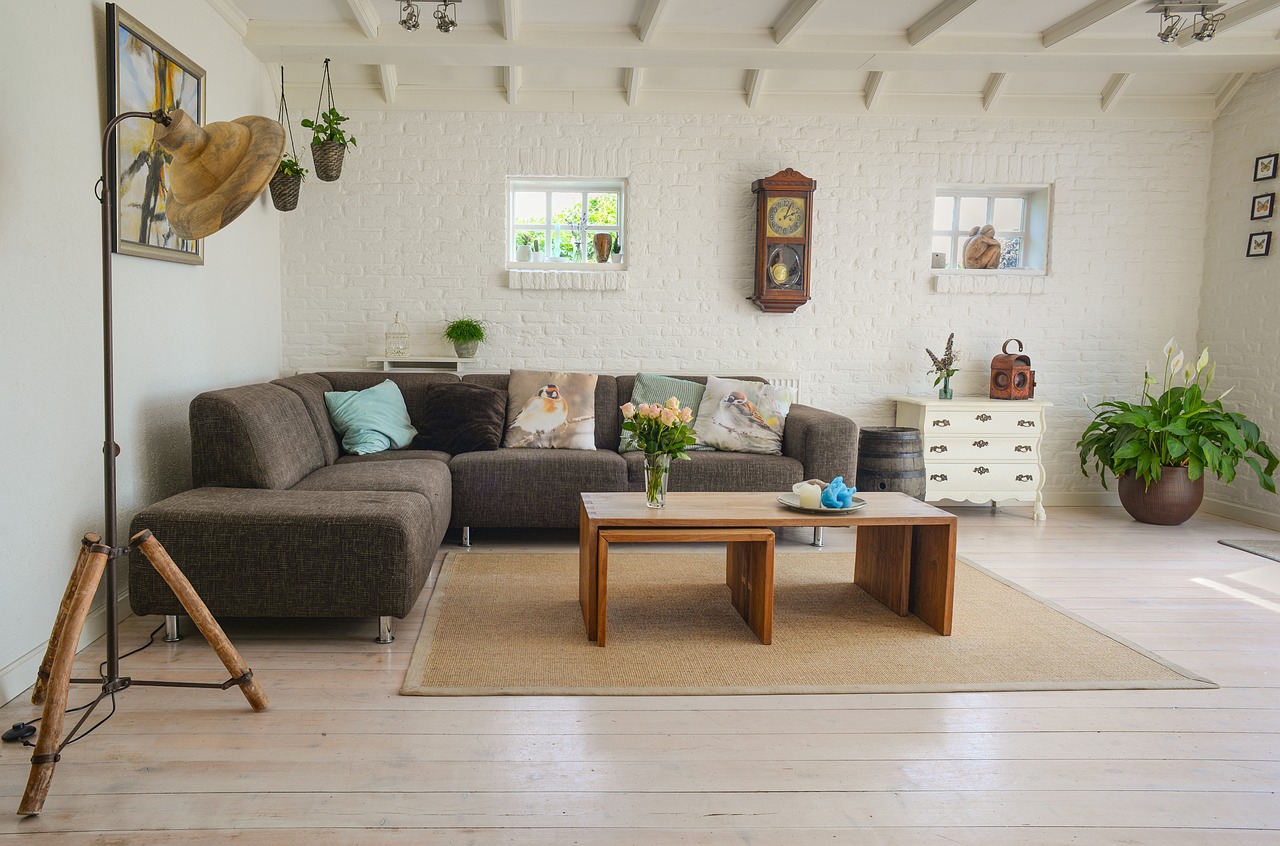
 When you are aware of the pros and cons of the flooring choice you settle for, nothing will take you by surprise. Instead, you will already know what to expect in the long run.
When you are aware of the pros and cons of the flooring choice you settle for, nothing will take you by surprise. Instead, you will already know what to expect in the long run.